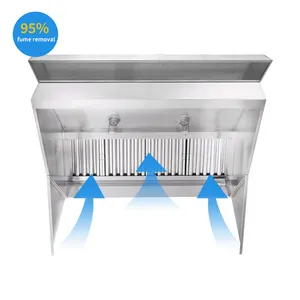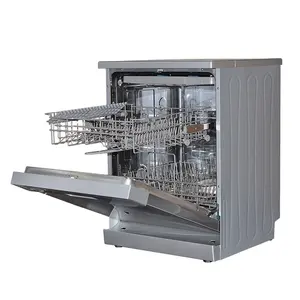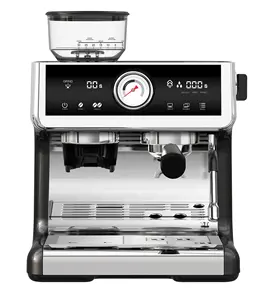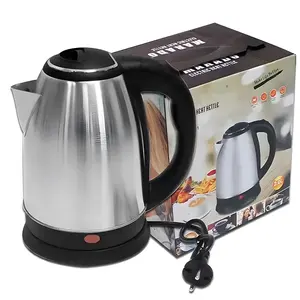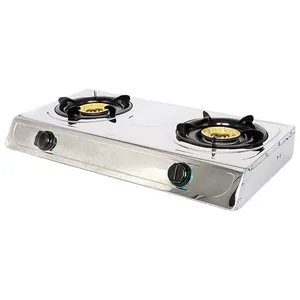Popular in your industry

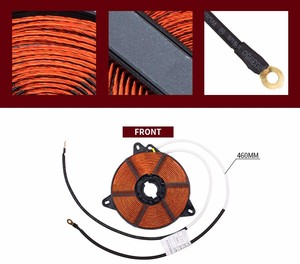








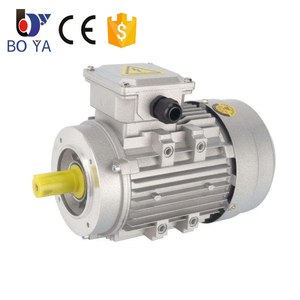

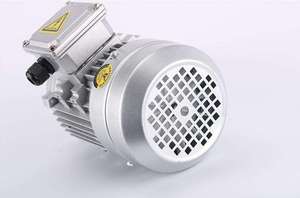








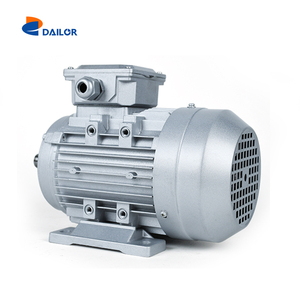









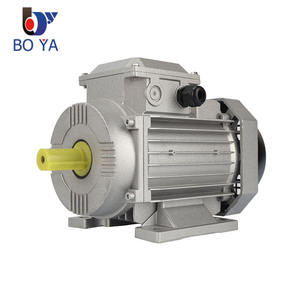
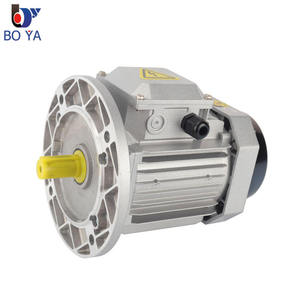


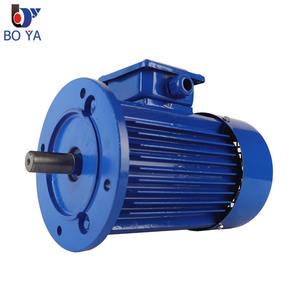


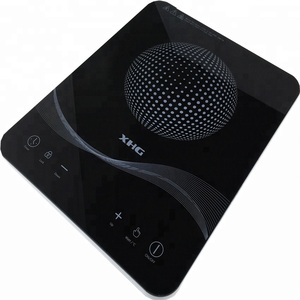


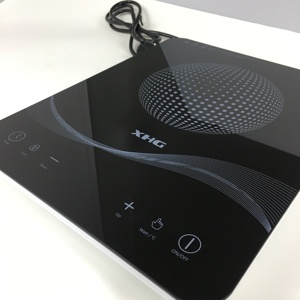



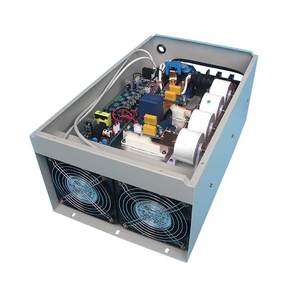
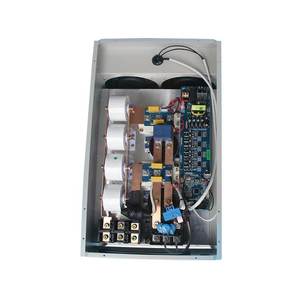
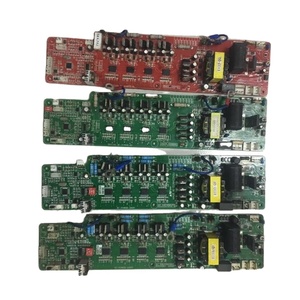


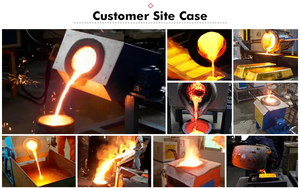
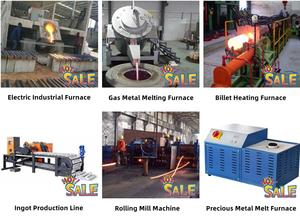
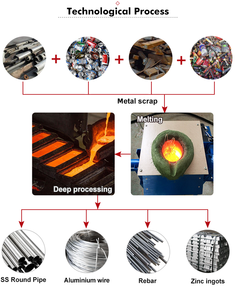





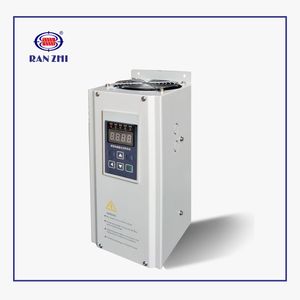
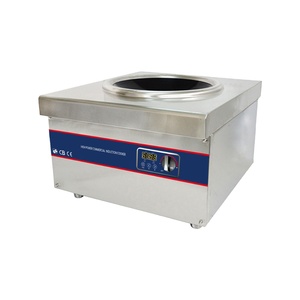

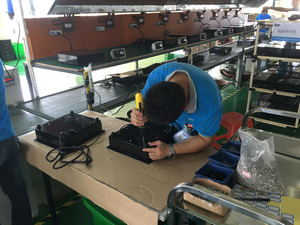
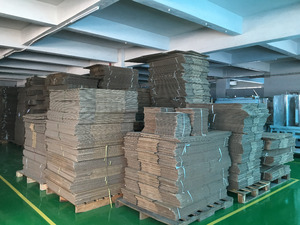



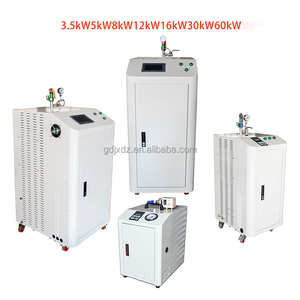
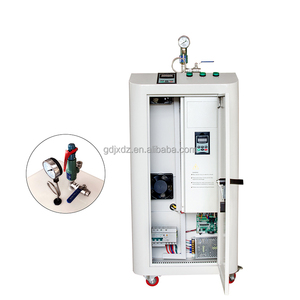


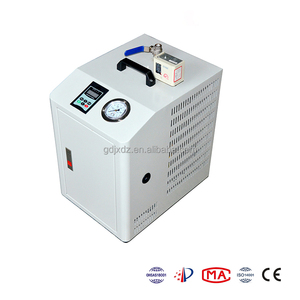
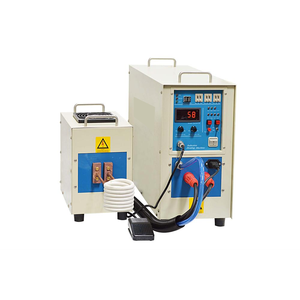





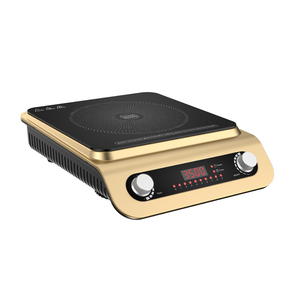











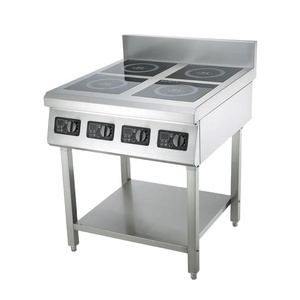
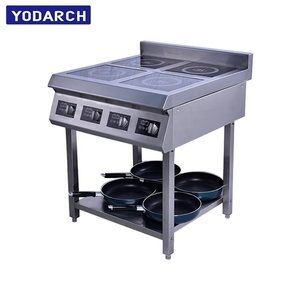
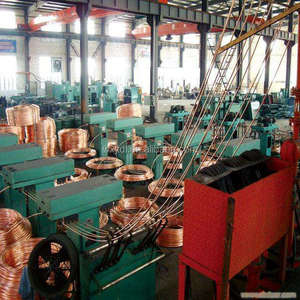

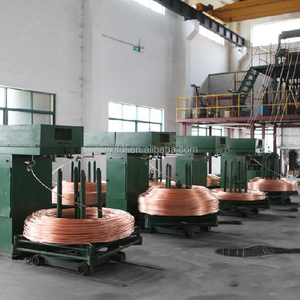

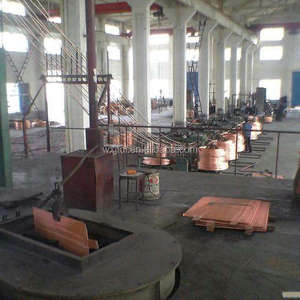






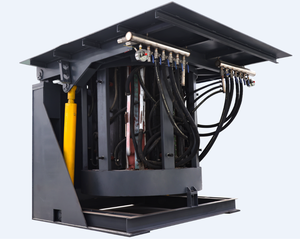

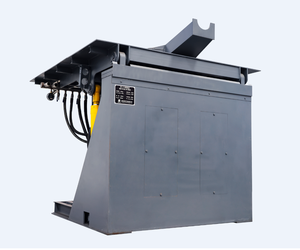




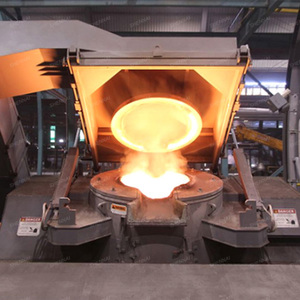
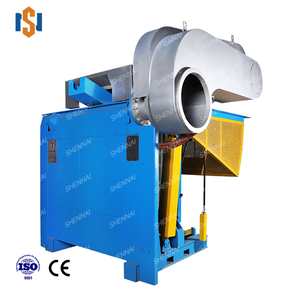

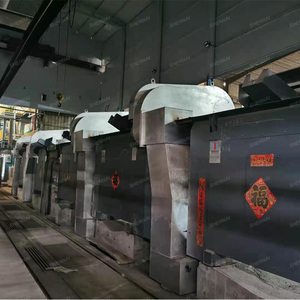
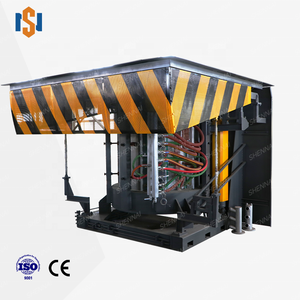

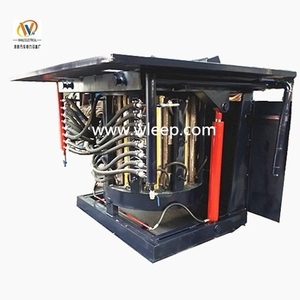





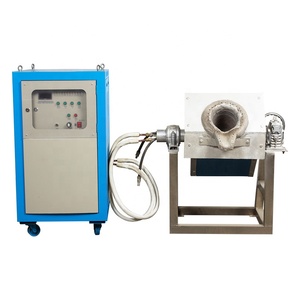

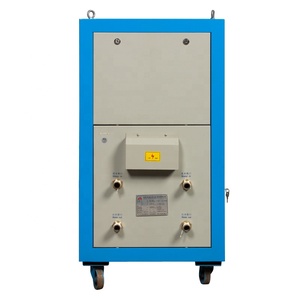
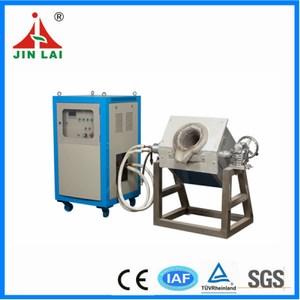



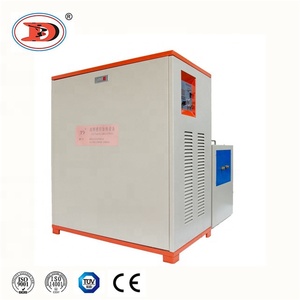
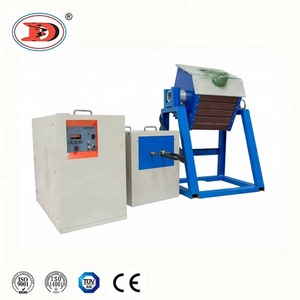


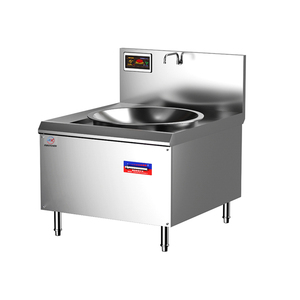

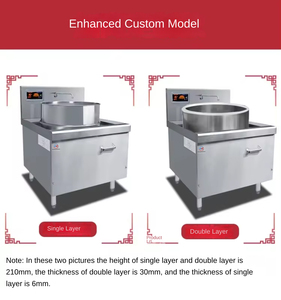





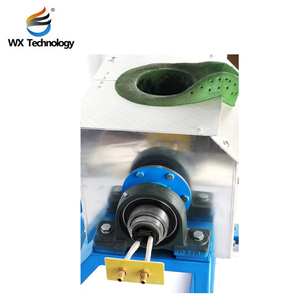
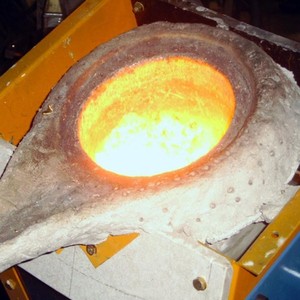


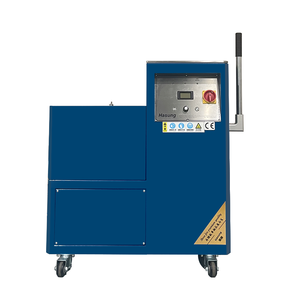
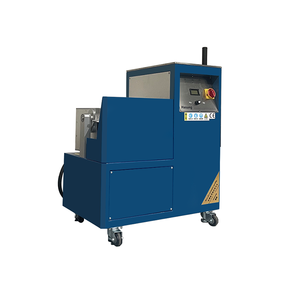




















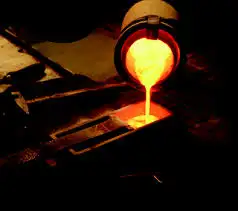


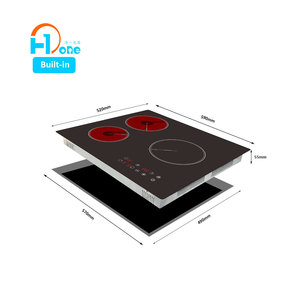




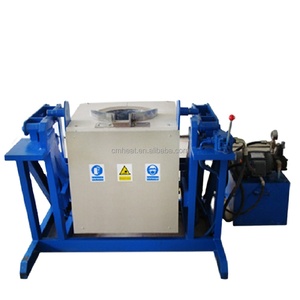
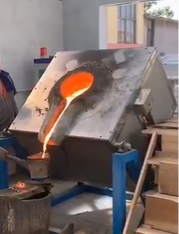

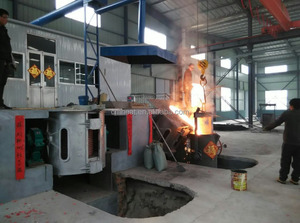








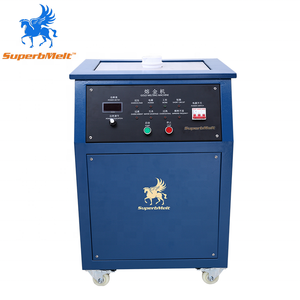





Top categories
About 3 phase induction
A three-phase induction motor is a type of AC electric motor that operates based on the principles of electromagnetic induction. These motors are widely used in various industrial and commercial applications due to their robustness, reliability, and efficiency. A three-phase induction motor has a stator, which is the stationary part, and a rotor, the rotating part. The stator windings are connected to a three-phase starter motor, and when the current flows through these windings, it generates a rotating magnetic field in the air gap. This rotating magnetic field induces currents in the rotor conductors, creating a magnetic field. The interaction between the rotating magnetic field and the rotor magnetic field causes the rotor to rotate, driving the mechanical load connected to the motor.
Advantages of 3-phase induction motors
3-phase induction motors are widely used in various industrial and commercial applications due to their numerous advantages. One of the primary benefits is their simple and robust construction, which results in low maintenance requirements. Additionally, these motors are known for their high efficiency, which helps in reducing energy consumption and operational costs. The absence of brushes and commutators in 3-phase induction motors eliminates the need for frequent maintenance and reduces the risk of sparking, making them more suitable for hazardous environments. Furthermore, these motors provide a smooth and reliable operation, contributing to their widespread use in various applications.
Speed control of 3-phase induction motors
The speed of a three-phase induction motor is determined by the frequency of the power supply and the number of poles in the motor. To control the speed of a 3-phase induction motor, various methods can be employed. One common way is to use a variable frequency drive (VFD), also known as an inverter. The VFD allows the user to control the motor speed by adjusting the frequency of the supplied voltage. This method provides precise speed control and energy efficiency. Another approach is to use pole-changing methods, where the number of poles in the motor is changed to alter the speed. This method is suitable for applications that require discrete speed changes. Furthermore, adding external resistance to the rotor circuit, known as rotor resistance control, can be used to adjust the motor's speed. However, this method may result in energy losses and reduced efficiency.
The working principle of a 3-phase induction motor is based on Faraday's law of electromagnetic induction. When a three-phase power supply is connected to the stator winding, it produces a rotating magnetic field. This magnetic field induces an electromotive force (EMF) in the rotor conductors, according to Faraday's law. As a result, currents are generated in the rotor conductors, creating a magnetic field. The interaction between the rotating magnetic field in the stator and the magnetic field in the rotor causes the rotor to rotate, driving the connected mechanical load. The speed at which the rotor rotates is slightly less than the speed of the stator magnetic field, known as slip. This slip is necessary for the motor to generate torque and overcome the load. The performance of a 3-phase induction motor is influenced by factors such as the supply voltage, frequency, rotor design, and the presence of any external resistances. Proper selection and maintenance of these factors are essential for the efficient and reliable operation of 3-phase induction motors.
